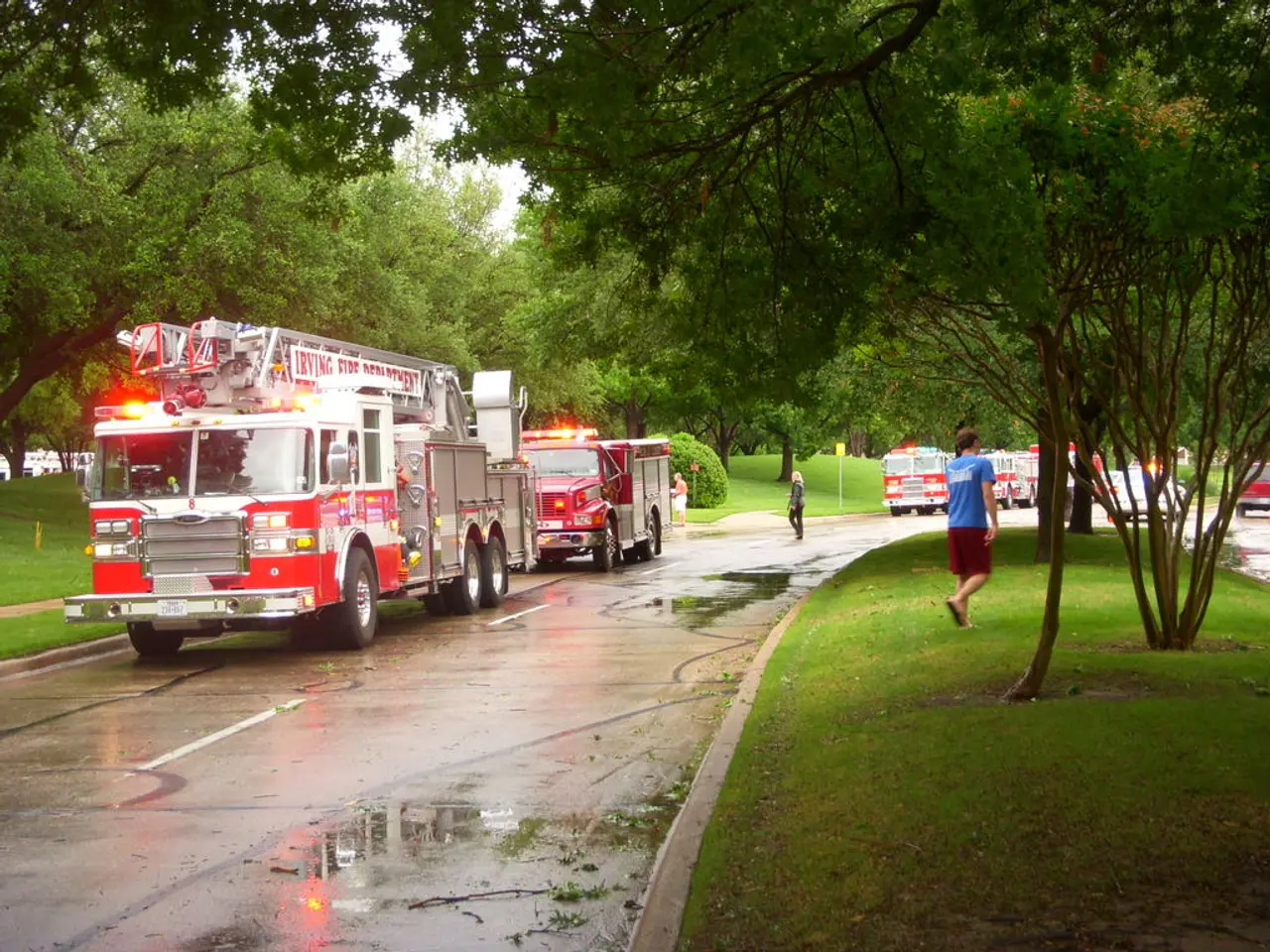Fire safety in Southern California receives a technological boost with new hazard monitoring system
New Technology Enhances Wildfire Management in Southern California
A new technology, AlertSoCal, is being developed to aid firefighters in the battle against wildfires in Southern California. This system, a partnership between UC San Diego, the County of San Diego, and San Diego Gas & Electric, significantly improves wildfire detection, monitoring, and management capabilities.
At the heart of AlertSoCal is a comprehensive, high-definition camera network, currently consisting of over 64 fixed mountaintop cameras positioned in 16 remote locations across San Diego, Riverside, and Imperial counties. These cameras, equipped with near-infrared night vision, enable 360-degree sweeps every two minutes and visibility up to 120 miles at night. The data collected is processed, stored, and visualized using advanced cyberinfrastructure developed by UC San Diego researchers.
The AlertSoCal system is described as the 21st century's version of crowd-source fire-tower observers. This is according to Graham Kent, director of the Nevada Seismological Laboratory and a geophysicist at the University of Nevada, Reno. The system offers early detection, better situational awareness, and informed decision-making to prepare for, respond to, and recover from wildfire events.
By integrating seismic monitoring from the Nevada Seismological Laboratory and HPWREN’s wireless sensor networks, AlertSoCal can detect environmental changes and potential fire starts quickly, facilitating rapid resource deployment and improved coordination with firefighting agencies. This collaboration helps reduce response times and mitigate wildfire impacts by enabling proactive firefighting strategies and more effective resource management in high-risk Southern California areas.
The AlertSoCal network benefits the university through research and education opportunities. It also expands Southern California's state-of-the-art earthquake and weather monitoring system to better detect fires in real time. The Scripps-based HPWREN communications infrastructure is part of a multi-hazard system also used for real-time observations of earthquakes and extreme weather.
The County of San Diego's partnership with HPWREN on public safety initiatives is considered vitally important due to increased wildfire activity and longer fire seasons each year in Southern California. The County has worked with HPWREN on other public safety initiatives, including the Next Generation Incident Command System, the Operational Downlink Informational Network, and the Advanced Situational Awareness for Public Safety Network, known as ASAPnet.
New AlertSoCal 4K high-definition pan, tilt, and zoom cameras will augment the existing HPWREN cameras. The system also provides firefighters and the public with a virtual fire lookout tower equipped with real-time and on-demand time-lapse imagery. The online hazard alert system is accessible to the general public, who can use it to view weather conditions and participate in early fire detection.
In summary, AlertSoCal's technological infrastructure, supported by HPWREN and seismic data, significantly improves wildfire detection, monitoring, and management capabilities across Southern California. The system operates in critical fire-prone regions, including Toro Peak and Lyons Peak, and is designed to help incident command centers quickly pinpoint the initial source location of a wildfire in regions that are difficult to physically reach.
Environmental science and technology play integral roles in the AlertSoCal system, as it combines the advanced cyberinfrastructure of UC San Diego researchers with the seismic monitoring of the Nevada Seismological Laboratory and HPWREN’s wireless sensor networks. This integration enables rapid detection of environmental changes and potential fire starts, facilitating proactive firefighting strategies and more effective resource management in high-risk Southern California areas.




